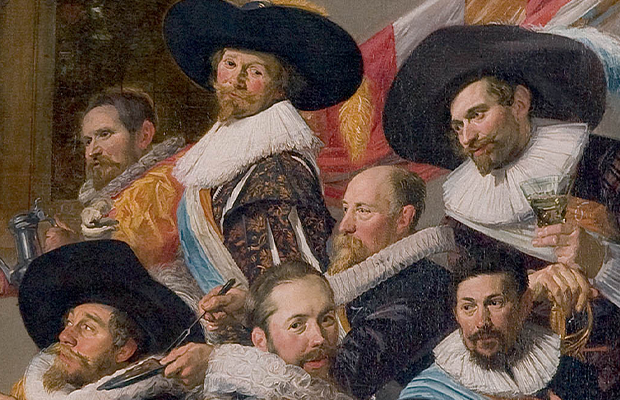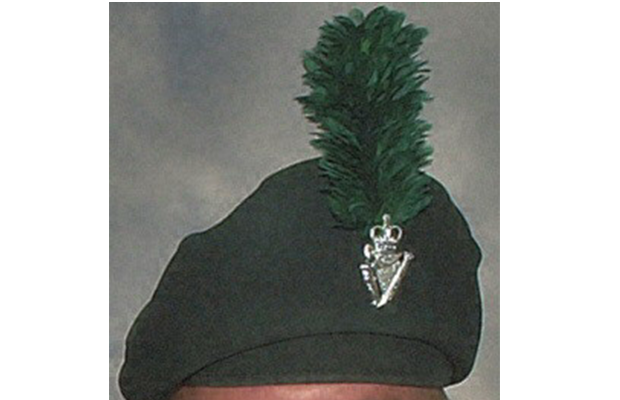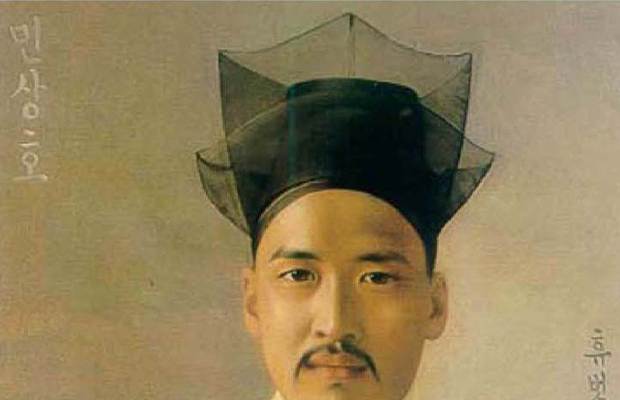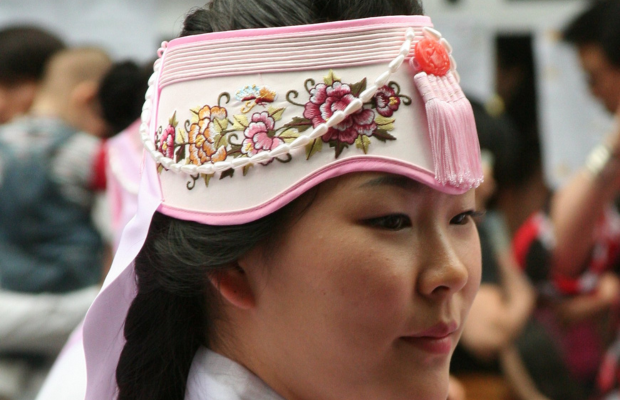
The Cavalier Hat: A Fashion Icon of 17th-Century Europe
Introduction:
The Cavalier Hat: A Fashion Icon of 17th-Century Europe. one fashion accessory reigned supreme: the Cavalier Hat. This wide-brimmed headwear wasn’t just a practical shield from the elements; it was a symbol of status, style, and societal standing.
Origins and Evolution:
The roots of the Cavalier Hat can be traced back to the military attire of the time. Originally designed for function rather than fashion, its wide brim provided protection from sun and rain for cavaliers, the mounted soldiers of the era. Over time, however, its utilitarian design was transformed into a luxurious fashion statement, favored by nobles and aristocrats across Europe.
Design and Characteristics:
What set the Cavalier Hat apart was its distinctive silhouette. With a wide brim that often dipped dramatically at the front and back, it exuded an air of flamboyance and grandeur. Made from materials such as felt or beaver fur, and adorned with ribbons, feathers, or jewels, each hat was a unique reflection of its wearer’s wealth and taste.
Cultural Significance:
The Cavalier Hat wasn’t just a piece of clothing; it was a powerful symbol of social status and identity. Wearing one signaled membership in the elite ranks of society, while its opulent decorations spoke volumes about the wearer’s wealth and influence. In an age where appearances mattered greatly, the Cavalier Hat was a must-have accessory for anyone aspiring to climb the social ladder.
Legacy and Influence:
Though the heyday of the Cavalier Hat may have passed, its legacy lives on. From period dramas to historical reenactments, it continues to capture the imagination of fashion enthusiasts and history buffs alike. Its influence can also be seen in contemporary fashion, with designers drawing inspiration from its extravagant silhouette and lavish adornments.
Conclusion:
In conclusion, the Cavalier Hat stands as a timeless reminder of an era defined by elegance, excess, and extravagance. From its humble military origins to its status as a symbol of aristocratic splendor. It remains an enduring icon of 17th-century European fashion.






